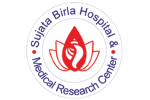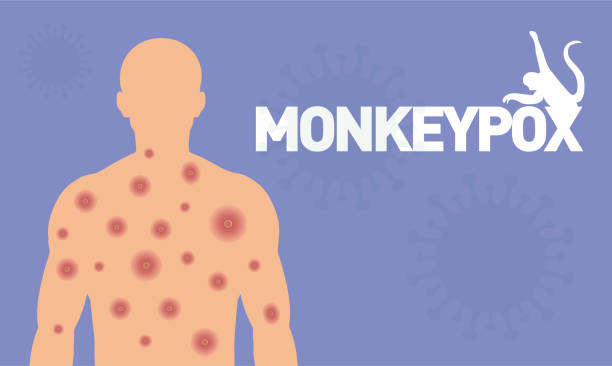Make an Appointment
Monkeypox is an uncommon virus-borne disease. It causes a rash as well as flu-like symptoms. It is categorised as an orthopoxvirus, just like the more well-known virus that causes smallpox.
Two outbreaks of a pox-like disease in groups of monkeys used for a study led to the discovery of monkeypox in 1958. The monkeypox virus, despite its name, is no longer transmitted by monkeys. Scientists are also not sure, but it is thought to be spread in the rainforests of Africa by small rodents and squirrels. Monkeypox virus is divided into two categories (strains): Central African and West African. The central African monkeypox virus is more likely to cause fatal disease and death than the West African monkeypox virus.
Symptoms of Monkeypox
Virus Disease
The earliest signs of monkeypox usually appear 5 to 21 days after you have been infected. The following are the early symptoms of monkeypox:
- High temperature
- Headache
- Muscle aches
- Backache
- Swollen glands
- Trembling (chills)
- Exhaustion
One to five days after the first symptoms manifest, a rash forms. The rash typically begins on the face and spreads across the body. The rash looks similar to chickenpox. It starts with raised patches and progresses to small blisters filled with fluid. Blisters turn into scabs that come off over time. After 2 to 4 weeks, the symptoms normally go away.
Causes of Monkeypox Virus Disease
When you come in contact with an infected animal or person, you can contract monkeypox. When the skin of a person is wounded, such as by bites or scratches, or when a person comes into direct contact with the infected blood of an animal, body fluids, or pox lesions, animal-to-human transmission occurs.
Monkeypox can also be transmitted from person to person, but it is less common. When you contact virus particles from another person, this is known as person-to-person transmission. When infected individual coughs or sneezes, the virus can be transferred through airborne droplets. It needs prolonged face-to-face contact, but you can breathe in (respiratory droplets) or get them in your eyes or nose. You can potentially contract it by touching the sores on an infected person.
Monkeypox can also be contracted through direct or indirect contact with virus-infected items. Clothing, bedding, and other linens worn by an infected human or animal can be among these materials.
Things to do to avoid getting Monkeypox Virus Disease
Although monkeypox is uncommon, there are steps you may take to lower your risk.
Dos
Although monkeypox is uncommon, there are steps you may take to lower your risk.
- Use an alcohol-based hand sanitiser or wash your hands with soap and water often.
- Only consume meat that has been cooked thoroughly.
Don’ts
- Do not approach stray or wild animals, including dead ones.
- Do not approach any animals that look to be sick, and do not eat or handle wild animal flesh (bushmeat)
- Do not share bedding or towels with patients who may have monkeypox.
- Avoid close contact with those who are sick or could have monkeypox.


7 Comments
Pingback: Monkeypox Virus Disease – Sujata Birla Hospital
Pingback: Marburg Virus: Causes, Symptoms, and Cure | Sujata Birla
Pingback: Marburg Virus: Causes, Symptoms, & Cure – Sujata Birla Hospital
Pingback: Precautions for Monkeypox | Virus | Birla Hospital
Pingback: Lecture on Prevention of Infection at Sujata Birla Hospital
Pingback: Langya Virus: Causes and Symptoms | Sujata Birla Hospital
Pingback: Tomato Flu | Sujata Birla Hospital